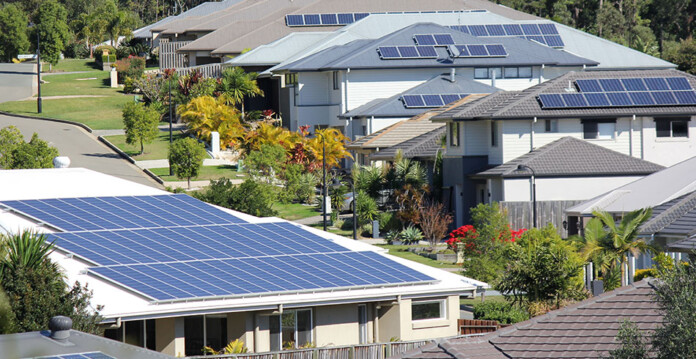At the Energy and Climate Change Ministerial Council (ECMC), Australia’s Energy Ministers agreed to publish the National Consumer Energy Resources (CER) Roadmap, which sets out an overarching vision and plan to unlock CER at scale across Australia.
The roadmap’s implementation plan outlines priority reforms through four workstreams—consumers, technology, markets, and power system operations.
Related article: Report: Consumer Energy Resources create jobs and savings
The roadmap provides a national approach to reforms to ensure Australians are able to harness the full potential of CER. If consumer resources are coordinated effectively, they can help lower costs for all consumers by offsetting the need for billions of dollars in grid-scale investment.
The news was welcomed by the Clean Energy Council, which released its own roadmap—Powering Homes, Empowering People—in June.
“The next phase of reforms for Australia’s burgeoning CER sector will require us not only to successfully integrate rooftop solar, batteries and EVs to the grid, but to also educate and share in the benefits with consumers,” Clean Energy Council policy director – distributed energy Con Hristodoulidis said.
“The Clean Energy Council will continue to work with all levels of government and other stakeholders to implement the necessary reforms.”
Energy Consumers Australia CEO Brendan French said, “Energy Consumers Australia congratulates Energy Ministers on the commitments made today to support Australian households and small businesses. We were happy to work closely with Commonwealth, State and Territory officials to develop this package of reforms which will help address longstanding problems in the energy market that affect many consumers, particularly those in vulnerable circumstances.
Related article: AEMO, AusNet partner on consumer energy data exchange
“These new measures will limit the capacity for energy retailers to take advantage of the multiple barriers people face. We’re hopeful that once implemented, the reforms will stop consumers being blindsided by unnecessarily high bills caused by unexpected fees and charges, and prices changing soon after they sign contracts.
“We’re particularly pleased to see that consumers in hardship programs will benefit from the lowest price offered by their retailer and that, at the end of a contract, customers will be moved to the regulated price if that’s lower than the price they’re paying.”







